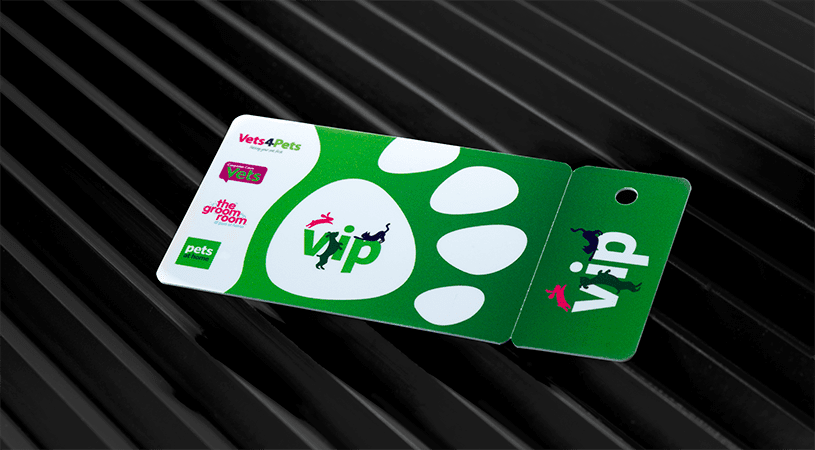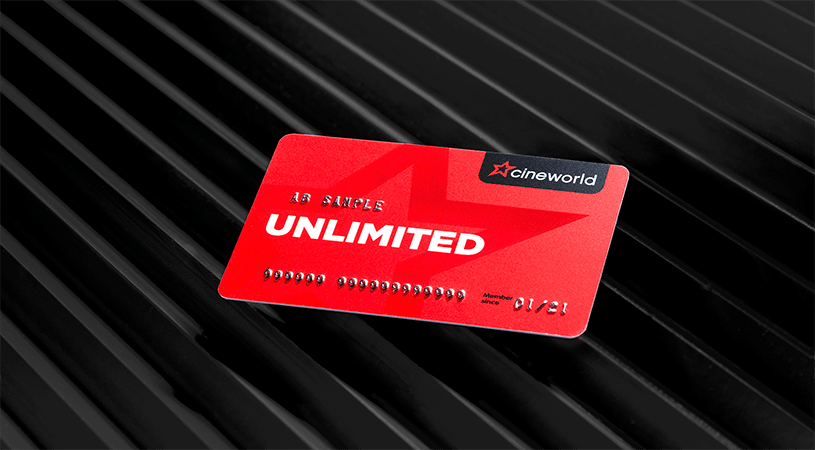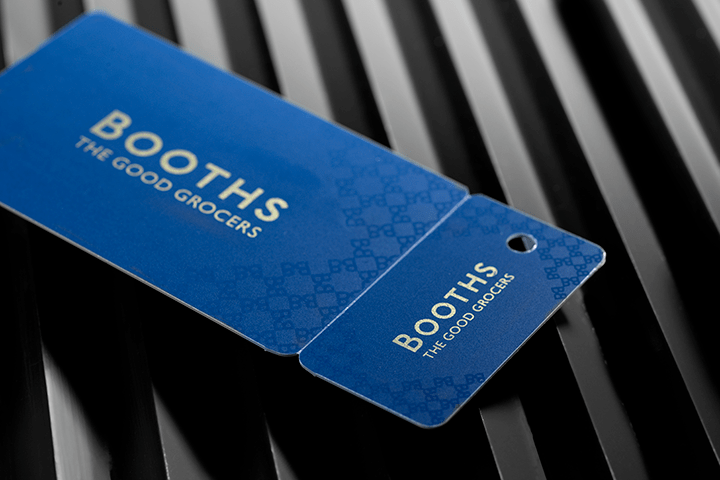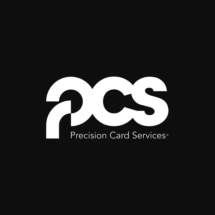In a piece for The Scottish Grocer, Adam Unsworth, sales director at PCS, predicts the key trends for loyalty cards in 2013
Since the launch of the Tesco Clubcard key fob in 2004, the popularity of the design has gained momentum and there’s no sign of it stopping in 2013. Usually offered alongside the traditional credit card sized plastic loyalty card, the key fob provides consumers with a handy miniature means of collecting points in their favourite stores.
A recent survey by Plastic Card Services found that, on average, shoppers carry three loyalty cards in their wallets or purses, and 64% have at least one loyalty fob on their key ring. With almost half (46.4%) of the population owning more loyalty cards now than they did five years ago, the choice of a key fob is increasingly appealing, allowing us to unclutter our wallets but still have an easy means of collecting points for our favourite schemes.
And it’s not just the big five supermarkets that are getting in on the act; we’ve been producing fobs for smaller convenience and specialist stores’ schemes like Holland & Barrett’s Reward’s for Life programme, which has had a great response from customers.
Proximity cards are also likely to make waves in 2013. While banks are really pushing this technology through their credit and debit cards, other sectors, such as retail and leisure, are beginning to see their value as an alternative to swipe cards, which can be affected by minor scratches or prone to accidental wiping – a frustrating problem in the hotel industry.
This ‘contactless’ technology is likely to start making its way into the retail sector in 2013, as retailers in the UK catch on to the growing trend across the pond. In the US, grocery chains are already starting to use the proximity signal in loyalty cards to show shoppers targeted ads on digital screens as they make their way around the store.
By reading the data on the customer’s cards – which can include purchase history and patterns, as well as demographic information – tailored offers and promotions can be displayed to customers, which can lead to increased levels of impulse and add-on purchases.
Going a step further, if the Government’s plans to improve the nation’s eating habits through its ‘nudge unit’ continue, it is possible that it could look to partner with retailers to push out targeted ‘healthy eating’ offers to consumers as they shop to encourage better choices.
As well as these two key trends, retailers that are looking to ensure their loyalty cards retain a place in the consumer’s wallet may want to keep an eye on design trends such as clear core cards or specialised finishes such as highlights and matt finishes which are rising in popularity to match consumer demand.
We’ve also seen a rise in interest around more environmentally friendly plastic cards – a trend which is likely to continue into 2013 and beyond. The Scandanavian countries are really leading the way on this, and to meet demand we created an environmentally friendly bio-PVC card designed to degrade faster than a regular PVC card when composted – a product we’ve been manufacturing for Coop Danmark since 2010, the country’s leading supermarket chain.





